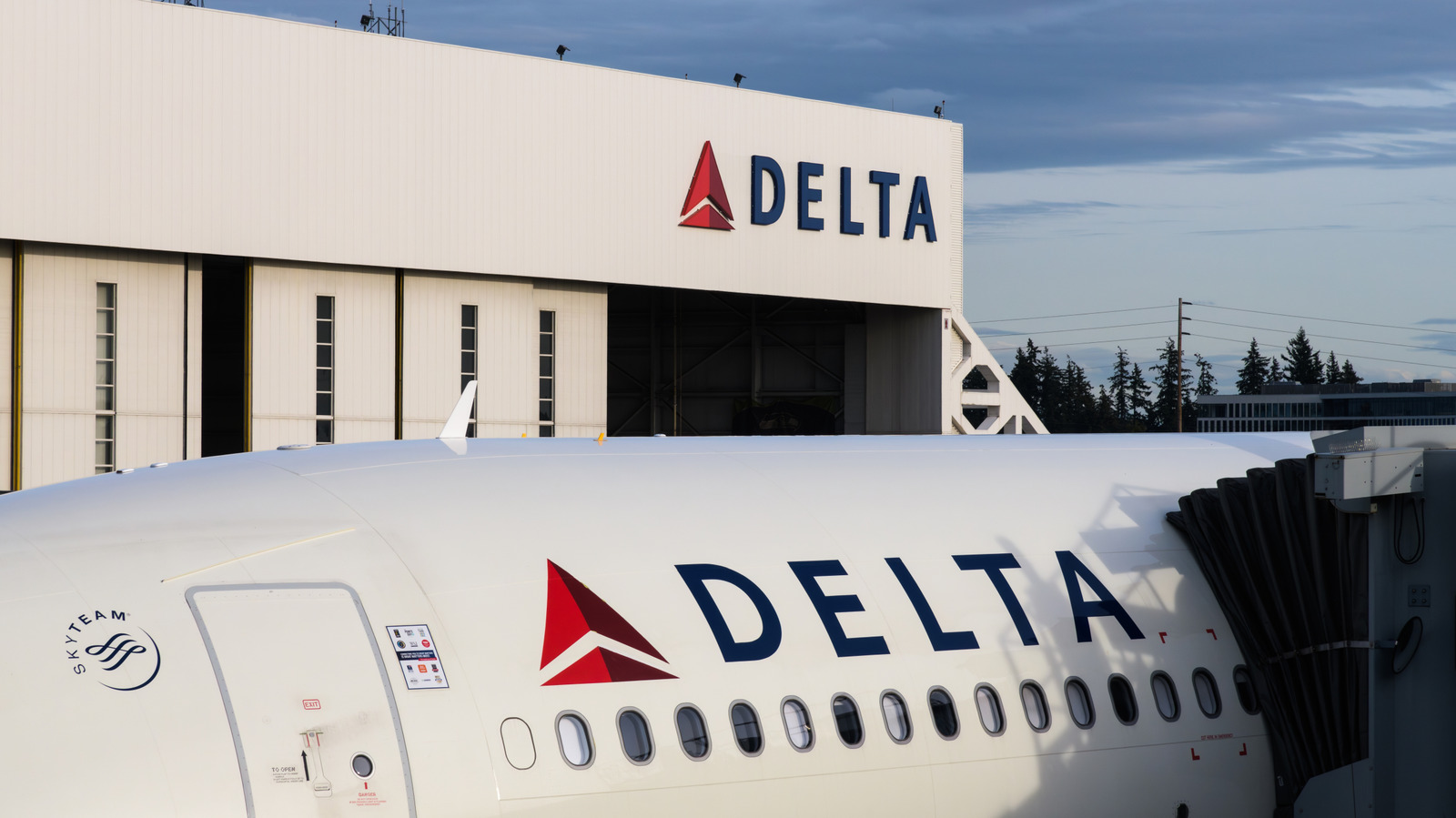How Does Surveillance Pricing Actually Work?
Ever noticed how the price of a flight or a product online seems to change depending on when you look—or even who you are? That’s not your imagination. It’s called surveillance pricing, and it’s quietly reshaping the way companies set prices. Here’s the gist: businesses use data collected from your browsing habits, purchase history, and even your device type to tailor prices just for you. The more they know, the more they can charge—or discount—based on what they think you’ll pay.
It’s not just about tracking cookies or loyalty programs anymore. Companies are deploying sophisticated algorithms, sometimes powered by artificial intelligence, to predict your willingness to pay. If you’re shopping from a high-end device or live in a wealthy zip code, you might see lower prices or exclusive deals. But if your data suggests you’re more price-sensitive or from a lower-income area, you could be offered higher prices for the exact same product.
Who Really Benefits When Prices Are Personalized?
You’d think personalized pricing would help everyone get a deal, right? Not quite. Recent research from Consumer Watchdog highlights a troubling trend: surveillance pricing often favors the wealthy, while those with lower incomes end up paying more. In other words, the system is stacked.
Let’s break it down with an example. Imagine two people searching for the same airline ticket. One lives in an affluent suburb, browses on the latest smartphone, and has a history of booking premium seats. The other is from a working-class neighborhood, uses an older laptop, and typically opts for budget fares. The algorithm, designed to maximize profits, might offer the first traveler a tempting discount to encourage loyalty—while quietly bumping up the price for the second, assuming they have fewer options or less flexibility.
A 2023 study from the University of California, Berkeley, found that dynamic pricing models can result in price differences of up to 20% for the same product, depending on user data. That’s not pocket change, especially for families trying to stretch every dollar.
Is This Even Legal—or Ethical?
The legality of surveillance pricing is a gray area. In the US, there’s no federal law that outright bans personalized pricing, as long as it’s not based on protected characteristics like race or gender. But the ethical questions are mounting. Is it fair to charge someone more simply because an algorithm thinks they can’t shop around?
Consumer advocates argue that these practices undermine trust and widen the gap between rich and poor. The Federal Trade Commission has started looking into algorithmic pricing, but regulation is still catching up. In Europe, stricter privacy laws like GDPR make it harder for companies to use personal data without consent, but enforcement varies.
What Can You Do to Avoid Paying More?
If you’re worried about getting the short end of the stick, you’re not powerless. Here are a few practical tips:
– Shop in incognito mode or clear your browser cookies before searching for big-ticket items.
– Compare prices across devices—sometimes a phone and a laptop will show different prices for the same product.
– Use price comparison tools or browser extensions that alert you to price changes.
– Consider using a VPN to mask your location, especially for travel bookings.
It’s not a perfect defense, but these small steps can help level the playing field.
Why Are Companies Pushing for More AI in Pricing?
The drive for AI-powered pricing isn’t just about squeezing out a few extra dollars. For companies, it’s about efficiency and staying competitive. Airlines, for instance, have been using dynamic pricing for years, but AI takes it to a new level—analyzing millions of data points in real time to adjust fares minute by minute.
Delta’s recent announcement to put AI in charge of ticket pricing is just the latest example. The airline claims it will help match supply and demand more accurately, potentially reducing empty seats and wasted resources. But critics worry it’s another step toward a world where only the savviest (or wealthiest) shoppers get the best deals.
What’s the Future of Fair Pricing?
As technology evolves, the debate over surveillance pricing will only get louder. Some experts predict that greater transparency—like requiring companies to disclose when prices are personalized—could help restore trust. Others advocate for stronger regulations to prevent discrimination based on income or other factors.
In the meantime, staying informed is your best defense. Watchdog groups, journalists, and consumer advocates are keeping a close eye on these trends, and public pressure has already forced some companies to rethink their strategies.
The big takeaway? Surveillance pricing isn’t about perfection—it’s about smarter adjustments. Start with one change this week, and you’ll likely spot the difference by month’s end.


